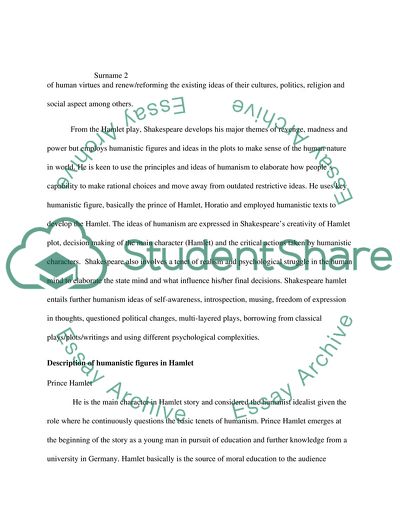Cite this document
(Influence of Humanism on Shakespeare's Hamlet Term Paper, n.d.)
Influence of Humanism on Shakespeare's Hamlet Term Paper. Retrieved from https://studentshare.org/english/1865675-influence-of-humanism-on-shakespeares-hamlet
Influence of Humanism on Shakespeare's Hamlet Term Paper. Retrieved from https://studentshare.org/english/1865675-influence-of-humanism-on-shakespeares-hamlet
(Influence of Humanism on Shakespeare'S Hamlet Term Paper)
Influence of Humanism on Shakespeare'S Hamlet Term Paper. https://studentshare.org/english/1865675-influence-of-humanism-on-shakespeares-hamlet.
Influence of Humanism on Shakespeare'S Hamlet Term Paper. https://studentshare.org/english/1865675-influence-of-humanism-on-shakespeares-hamlet.
“Influence of Humanism on Shakespeare'S Hamlet Term Paper”. https://studentshare.org/english/1865675-influence-of-humanism-on-shakespeares-hamlet.


